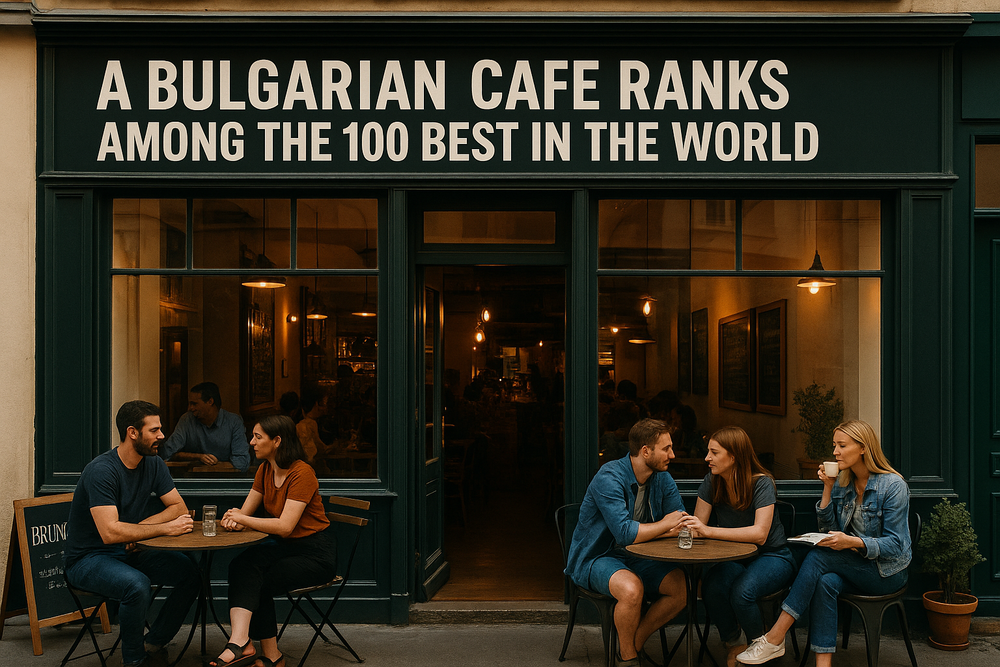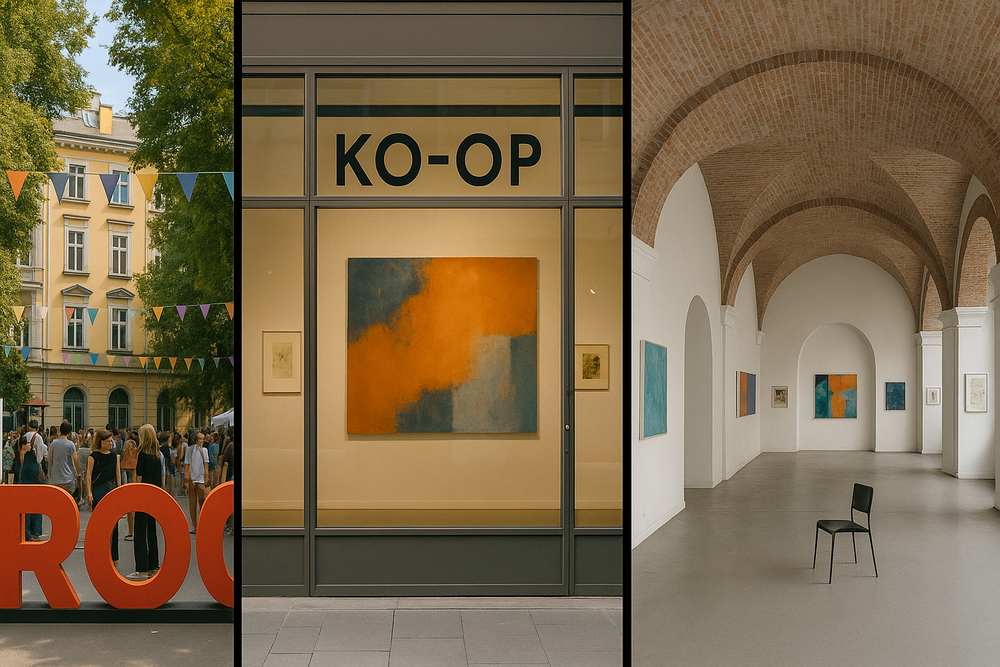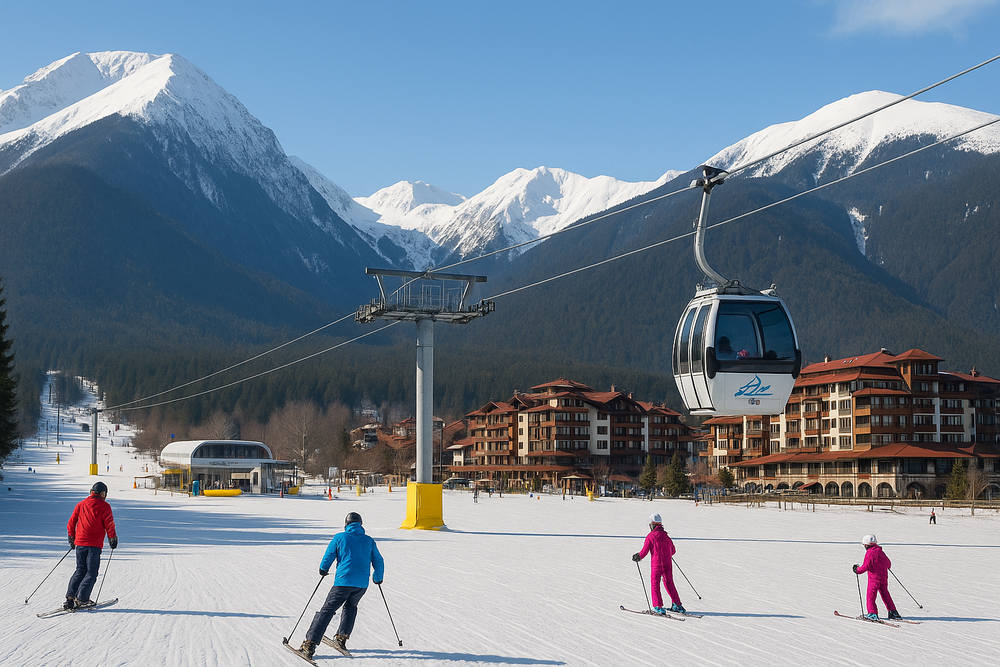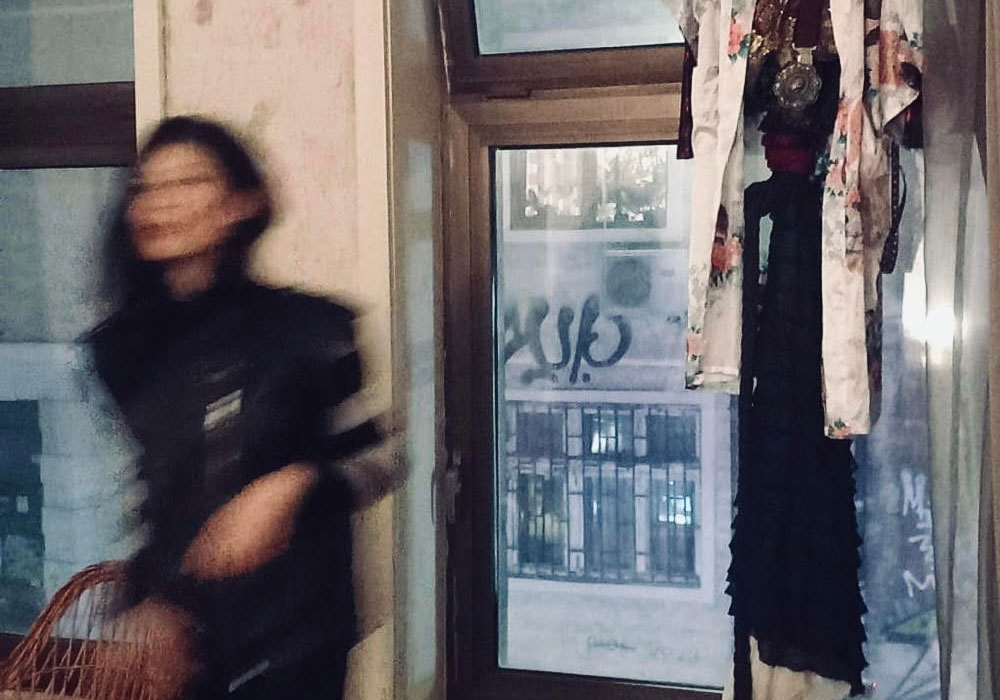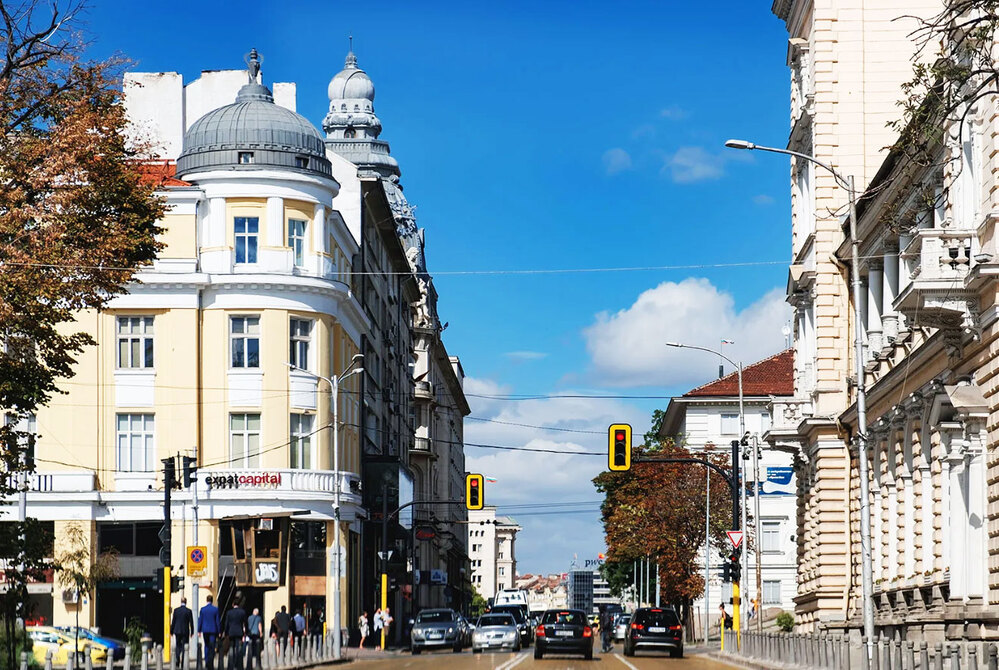
City Upgrades: How Sofia is Modernizing Its Infrastructure
Sofia, Bulgaria’s bustling capital, is in the midst of a quiet but profound transformation. Once characterized by crumbling Soviet-era concrete blocks and congested boulevards, the city is steadily upgrading its infrastructure to meet the demands of a growing population, a rising tourism sector, and the pressures of EU environmental standards.
Expanding the Metro Network
At the heart of Sofia’s modernization is its metro system — a project that has become a point of pride for the city. Since the first line opened in 1998, the network has expanded to four lines covering over 50 kilometers. The latest extensions, completed in 2023, now connect distant residential districts with the city center in under 20 minutes. Plans for further expansion aim to integrate suburban communities, reducing car dependency and easing traffic congestion.
The metro’s sleek stations, digital ticketing, and energy-efficient trains contrast sharply with the infrastructure inherited from the socialist era. For many commuters, the underground is not just a faster way to travel — it’s a glimpse of what a modern Sofia can be.
Tackling Traffic and Pollution
Like many European capitals, Sofia struggles with heavy traffic and air pollution, especially in winter when heating systems add to smog levels. City authorities have introduced “green corridors” — prioritized lanes for electric buses and trams — and expanded park-and-ride facilities at metro terminals. Low-emission zones are also being considered, in line with EU climate targets.
Public transport is seeing a green revolution: a growing fleet of electric and hybrid buses is replacing aging diesel models. By 2025, the municipality aims for half of all buses to be electric, reducing both noise and carbon emissions.
More Space for Cyclists and Pedestrians
In the past, Sofia’s streets were dominated by cars. Now, bike lanes are appearing in ever greater numbers, linking major parks, business districts, and residential areas. Some central streets have been pedestrianized, creating open spaces for cafes, markets, and cultural events. These changes are reshaping the way residents move through the city, encouraging healthier, more sustainable lifestyles.
Renovating the Past
Much of Sofia’s infrastructure still dates back to the mid-20th century. Water pipes, heating systems, and residential blocks from the Soviet era are undergoing phased renovations, supported by EU funds. Energy efficiency upgrades — better insulation, new windows, and modern heating — are reducing utility bills and making older buildings more comfortable.
A Capital in Transition
Sofia’s transformation is far from complete, but the momentum is clear. With each new metro station, electric bus route, and renovated boulevard, the city is moving closer to a future where convenience, sustainability, and quality of life define the urban experience. For residents, it’s not just about new infrastructure — it’s about living in a capital that feels ready for the 21st century.
